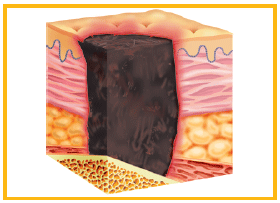You can use pressure ulcer characteristics gained from your assessment to stage the pressure ulcer, as described here. Staging reflects the anatomic depth and extent of tissue involvement.
- Presents as purple or maroon localized area of intact skin or blood-filled blister
- May be preceded by tissue that's more painful, firm, boggy, or warm or cool than adjacent tissue

- Ulcer presents with a defined area of persistent redness in lightly pigmented skin
- In darker tones, ulcer presents with persistent red, blue, or purple hues
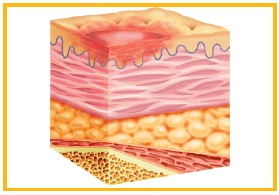
- Partial-thickness skin loss of epidermis or dermis
- Superficial ulcer
- Presents as abrasion, blister, or shallow crater
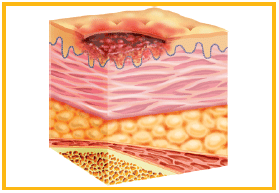
- Full-thickness skin loss
- Damage or necrosis of subcutaneous tissue
- May extend down to (but not through) fascia
- Presents as deep crater with or without undermining of adjacent tissue
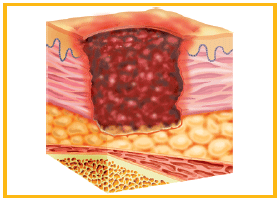
- Full-thickness skin loss
- Extensive destruction, tissue necrosis, or damage to muscle, bone, or support structures
- Possible tunneling and sinus tracts
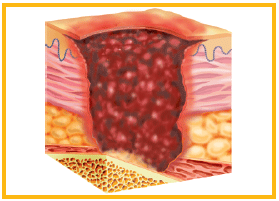
- Full-thickness tissue loss
- Base of ulcer in wound bed covered by slough, eschar, or both
- True depth and stage can't be determined until the base of the wound is exposed
